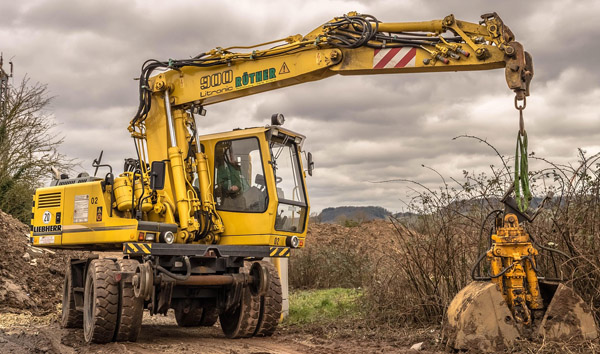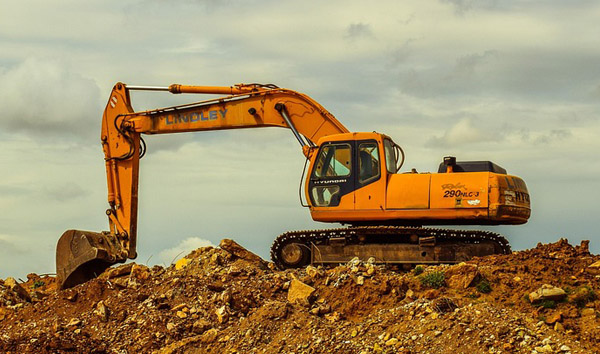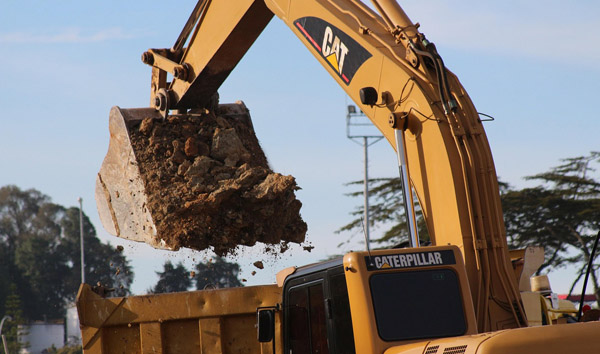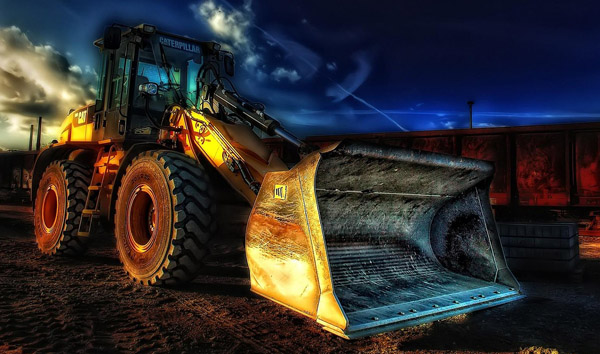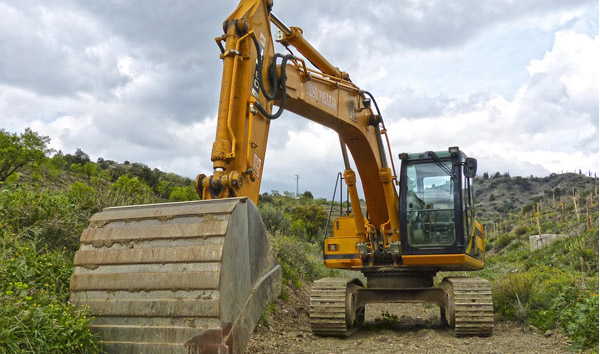Navigating the Rugged: Key Specifications of All-Terrain Forklifts
2025-07-31 05:50:32
All-terrain forklifts are designed for versatility, capable of operating on uneven, muddy, or rocky surfaces where conventional forklifts would falter. These machines typically feature robust tires with deep treads, ensuring superior traction. Load capacities for all-terrain forklifts range from 5,000 to 36,000 pounds, depending on the model, making them suitable for heavy-duty industrial and construction applications. Additionally, their lifting heights can extend up to 20 feet, allowing for efficient material handling in diverse settings.
Engine Power and Performance The heart of an all-terrain forklift lies in its engine, which is built to deliver consistent power under strenuous conditions. Most models are equipped with diesel engines ranging from 74 to 150 horsepower, providing the torque needed for steep inclines and rough terrain. Some advanced all-terrain forklifts incorporate hybrid or electric powertrains, balancing performance with environmental considerations. Fuel efficiency is another critical specification, with modern engines optimizing consumption to reduce operational costs while maintaining high productivity levels.
Stability and Maneuverability Stability is paramount for all-terrain forklifts, given their operation on unpredictable surfaces. These machines often feature a wide wheelbase and low center of gravity to prevent tipping. Hydraulic suspension systems further enhance stability by absorbing shocks from uneven ground. Steering mechanisms vary, with some models offering four-wheel steering for tighter turns in confined spaces. The inclusion of differential locks ensures that power is evenly distributed across wheels, preventing slippage on loose or wet terrain.
Advanced Safety Features Safety is a top priority in all-terrain forklift design. Modern models come with rollover protection systems (ROPS) and falling object protective structures (FOPS) to safeguard operators. Load-sensing technology adjusts hydraulic pressure based on weight distribution, reducing the risk of instability. Additionally, LED lighting and 360-degree cameras improve visibility in low-light or obstructed environments. These specifications ensure compliance with industry safety standards while minimizing workplace accidents.
Customization and Attachments All-terrain forklifts can be customized with various attachments to suit specific tasks. Forks with adjustable widths, telescopic booms, and grapples are common additions, expanding the machine's functionality. Some models support hydraulic quick-couplers, allowing operators to switch attachments swiftly. These specifications make all-terrain forklifts indispensable in industries like logging, agriculture, and warehousing, where adaptability is key to operational efficiency.
In conclusion, all-terrain forklifts are defined by their rugged specifications, from powerful engines to advanced safety systems. Their ability to navigate challenging environments while maintaining high load capacities makes them a vital asset in multiple industries. Investing in the right specifications ensures longevity, safety, and peak performance in any terrain.




